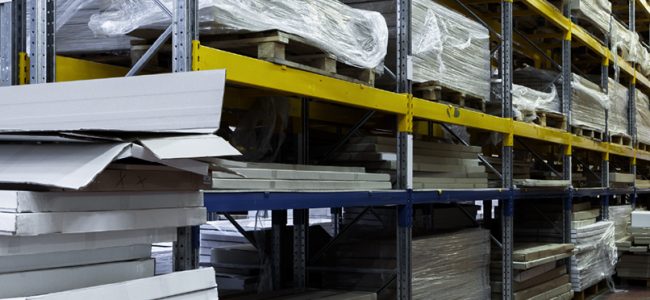Paper absorbs moisture in the air (humidity), which can impact your printing quality. The fibers in paper pick up moisture from the surrounding environment that can change the physical structure of the paper and overall print quality. In other words, paper is highly hygroscopic in nature. To understand more about the importance of humidity in the printing industry and what you can do to control it during your printing process.
While there are many reasons why proper humidity control is vital to the printing industry, there are some main benefits you can always fall back on. For example, the quality of printing improves due to proper humidity levels because it helps get rid of paper distortion and prevents static.
Machine operations also become more efficient because proper humidity levels directly contribute to less downtime. This is due to the assurance of fewer paper jams and less paper sticking together, among other reasons. Overall, printing in a well-balanced, humid environment will provide a consistent level of quality and result in reduced waste and a longer life-cycle of cylinders and plates.
Paper Is Hygroscopic
Paper tries to maintain equilibrium with the moisture in the surrounding area. To do so, it will pick up and release moisture from its environment. When paper is produced, it is generally made up of 4-6% of its weight in water. When it is packaged, the amount changes depending on the moisture content in the room. It’s the total amount of relative humidity (RH) in the room that plays an important role in printing because different printing processes work best with different amounts of paper moisture.
Digital Printing
With digital printing, the amount of moisture content in the paper can impact the toner adhesion and cause problems with the roller temperature, resulting in paper jams. With digital printing, you need the paper to have around a 50-55% RH for optimal printing. If the humidity level falls below 40% RH, the paper loses water and will start to change shape. It can even cause electrostatic charges between the other paper it is in contact with and cause it to stick together and attract dust.
Offset Printing
In offset printing, the moisture content can affect the interaction between the ink to the press, the paper to the press and the ink to the paper. What you need is a higher moisture level of about 55% RH in the press hall. If the RH is lower, the dry air will cause issues, such as curling, creasing and dot doubling. In low humidity, electrostatic buildup is also common and can also cause misfeed, as well as problems with stacking, trimming and folding when the paper starts sticking together. And when the paper makes another pass through the printer, it can change shape again and cause cracking along the folds once finished.
Inkjet
Inkjet paper is susceptible to ink problems, such as spreading, show through and even drying issues if the RH is too low. You can, however, operate with between 45-50% RH, a little lower than on digital printing as it will react less to the fuser heat at this humidity level.
Most paper is designed to be stable in an environment of 45-55% RH, but anything lower or higher will greatly impact the quality and the print job.
